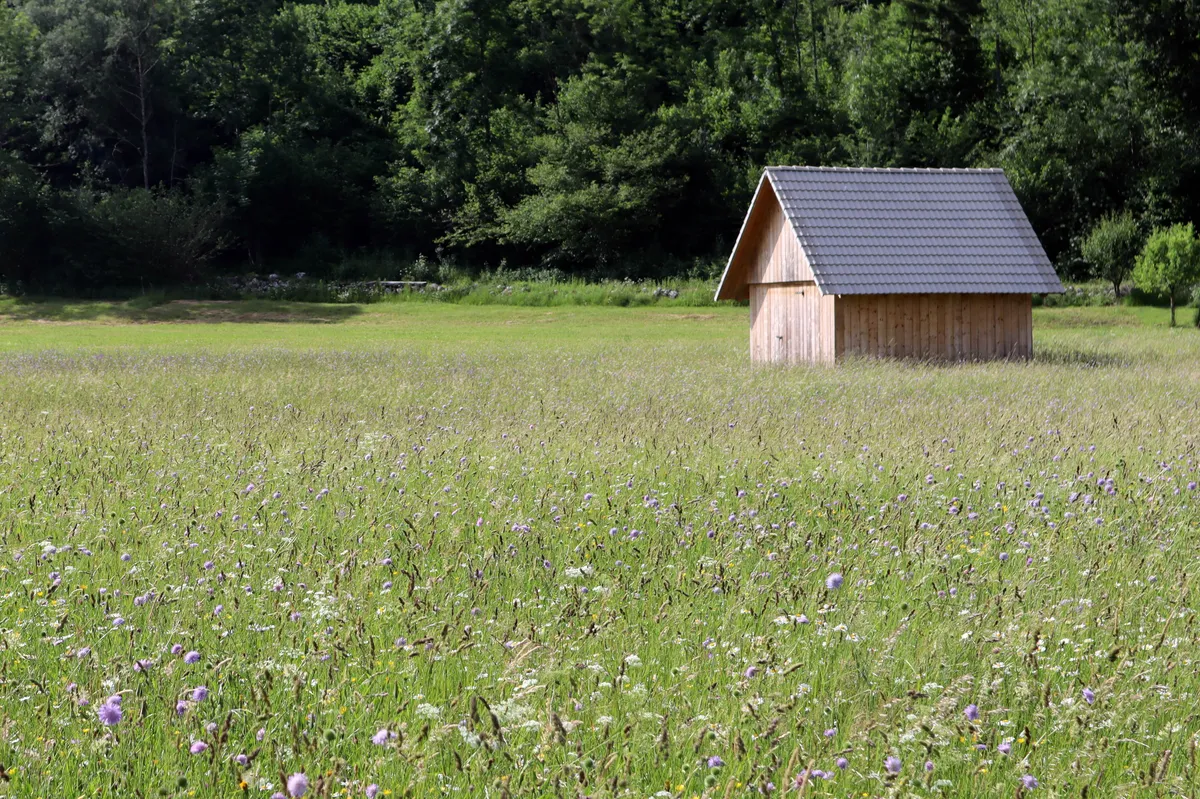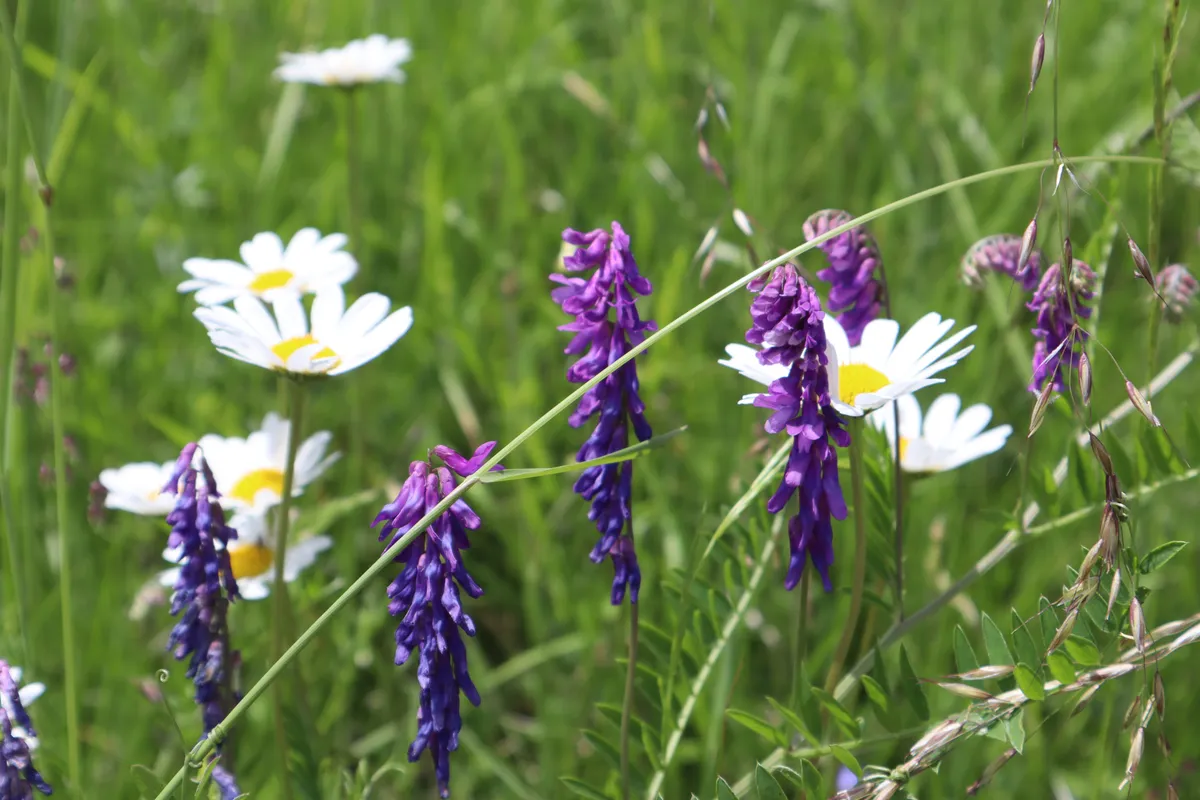Slovenia may be a tiny country but it packs a punch, not only in terms of its varied landscape of lakes, mountains, forests and coastline, but also in its flora. Home to 4,000 wildflower species, it has long been a favourite with flower lovers and botanists and the country is justifiably proud of its green and slow tourism.
The Julian Alps, in the north eastern corner of Slovenia, are home to mountains, alpine pastures, hay meadows and lakes and rivers (coloured a clear emerald green thanks to light refracting on the limestone bed beneath). The area is exceptionally rich in wildflowers, thanks to the protection of the Triglav National Park and traditional farming practices that continue to this day.

Around 1,000 wildflower species, including 45 species of orchid, grow in the area around Lake Bohinj in the heart of the Julian Alps. In late May and early June, the area erupts into a haze of wildflowers – many of them familiar, but rarely seen in such abundance.
The whole area is a botanist and nature lover’s dream, and the floral richness of the area is celebrated each year in the form of the International Wild Flower Festival in Bohinj. Starting in late May, this charming celebration attracts plant lovers from all over the world but has a distinctly local feel – most of the (mostly free) events are put on by local people.

Before the meadows are cut for hay (still dried on the traditional wooden racks that are dotted about the countryside) they are studded with the jewel hues of viper’s bugloss, meadow clary, cranesbill, speedwells, knautia, ox-eye daisies, Achillea millefolium, at least a dozen orchids, and more. Growing right up to the roadside, they are visible everywhere you walk or drive.
The flowers higher up in the mountains are less showy than the hay meadows but were no less impressive and include aquilegias, orchids (including the bird’s nest orchid, Neottia nidus, which contains no chlorophyll), gentians, cypress spurge and alpine clematis (familiar from our own gardens) and the rare Carnic lily. You may also spot Eryngium alpinum, said to be so elusive that it is known locally as ‘man’s fidelity’.

I was lucky enough to visit the festival in 2022 and enjoyed few days of what is best described as a plant lover’s paradise. I went on several guided botanical and foraging walks led in English by extremely knowledgeable locals. It was fun to be with other fellow plant nuts from around the world as opposed to a less interested partner or friend – we all let our inner botanical nerds loose and, of course, the Latin plant names meant that we all had a common language.
Throughout the string of villages that line the Bohinj valley, there are also art, embroidery and photography exhibitions, music, dance and folklore displays, family events and trips to one of the brightly painted letter box-style apiaries that are unique to Slovenia (one in 20 Slovenians is a beekeeper, and there is a local Carnic bee). Local hotels and restaurants put on botanical themed menus and markets sell local produce. Car use is discouraged, and shuttle buses are laid on between the villages for visitors.

Despite its remote location, Bohinj is surprisingly easy to get to – it is just one hour by road from Ljubljana, the capital, and accessible by taxi or bus if you don’t want to hire a car. While the area is undeniably beautiful, it is the local people who really make the festival. They are deeply knowledgeable about their area, very in tune with nature (everyone I met forages for mushrooms in autumn, or makes pine syrup to ward off colds in winter) and speak excellent English.
Walking trails are clearly marked; there are plenty of taps with fresh water on the mountain trails, seats thoughtfully provided just where you need them, and pristine loos. You can also admire the immaculate fruit and vegetable plots in front of every home.
And of course, as Slovenia is the size of Wales, the rest of the country is easy to explore. I can't wait to go back.
17th International Wildflower Festival, Bohinj
19 May to 4 June 2023
www.bohinj.si/en/international-wild-flower-festival/